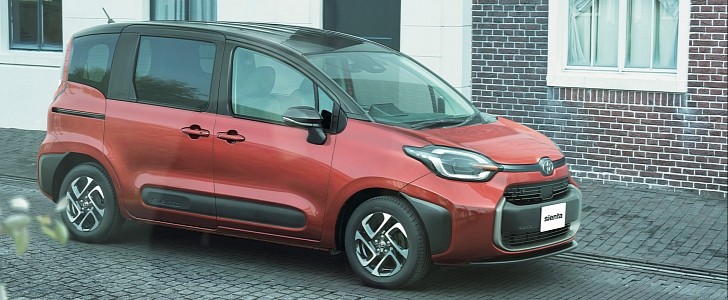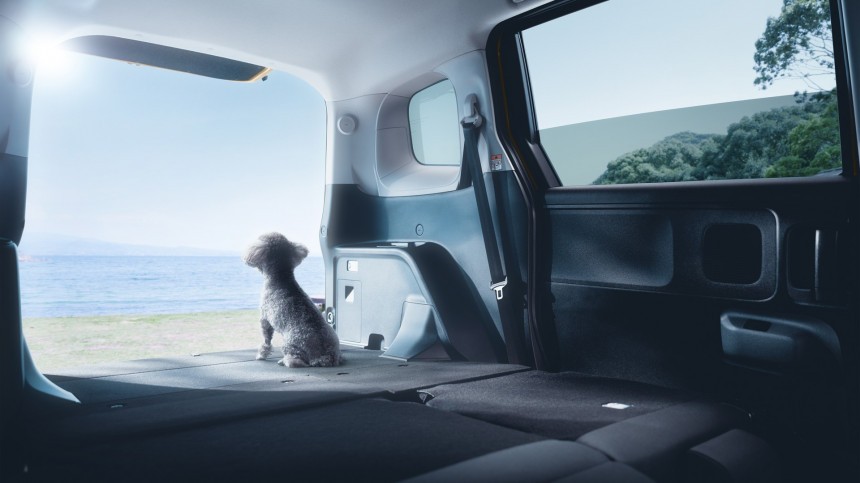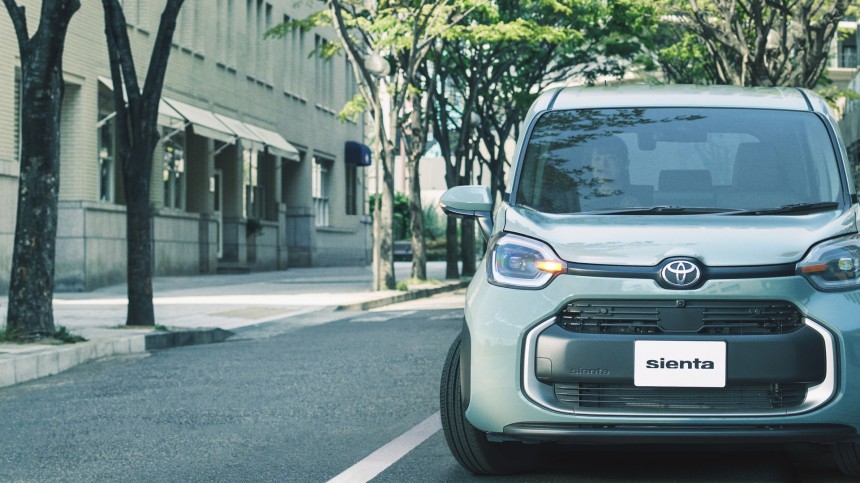The parts shortage is even more believable now. Toyota decided to radically streamline its manufacturing process. Forget the semiconductor issues. Automakers must deal with a whole bunch of new problems. Here’s how the Japanese carmaker is trying to tackle this serious situation.
At the beginning of the current month, Toyota elegantly apologized to its customers for having to wait too much to take delivery of their new vehicles. It came shortly after the bZ4X recall. That’s also when the company told its EV buyers that it would gladly buy back all their fully electric vehicles if owners chose to give up on them.
Known for avoiding the chip drama last year, Toyota must now face the dire outlook of the car part shortage. The manufacturer learned from the Fukushima disaster and had its top suppliers stockpile two to six months’ worth of semiconductors “just in case.” Engineers and technicians calculated how much it takes for an order to be completed, and the company’s executives would then know what they had to discuss with their partners.
Fast forward a year and Toyota, sadly, is now in the same boat as other global carmakers. They’ve also been affected by the chip nightmare. It started in Q2 of 2022 with the output miss, and it continues now with the production delays. Investors expected Toyota to remain afloat, but their profit was slashed by 42% at the beginning of the year.
To avoid losing even more profits, the Japanese automaker decided to create a line of “recommended models” for its prospective customers. Essentially, cars, vans, and trucks are being offered without a bunch of options just to get buyers in their vehicles as fast as possible.
Ordering a new one today from the brand that has shined in reliability reports in the last decade might mean a waiting time of at least a year. For most consumers, that’s just too much. People want their vehicles as soon as possible because the used car market is still facing an upward trend and dealers that work with most brands are not giving up on unhinged “market adjustments.”
Toyota started to implement the new drastically streamlined manufacturing process with the Sienta minivan. It has just been launched in Japan as a completely redesigned model. Manufactured at the Miyagi Ohira Plant, it comes as a five-seater or a seven-seater. It can be ordered with front-wheel drive or the E-Four all-wheel drive. The latter adds an extra electric motor at the back of the car, which allows torque to be properly distributed between the two axles without putting too much pressure on the 1.5-liter gas engine.
In most pics sent to the media, the Sienta is shown in the top trim with front-wheel drive specification, the Z package, the hybrid powertrain, and seven seats. In Japan, this particular model would set you back around $21,150 in local currency. The price doesn’t include dealer-installed accessories.
Expecting sales of around 8,300 units per month, the company is trying to make sure it can cut delivery times to two or three months tops. But, in the minivan’s case, the automaker has said it set a limit that extends to April 2023 for “recommended models” only. This means customers could get their hands on the Sienta in about six or seven months at the most. Toyota’s trying its best, but can’t promise it’ll actually deliver on the three-month delivery target.
If buyers want an optioned-out minivan (or any other well-equipped model, for that matter), they must be ready for production delays that extend beyond April 2023. Things could change at some point, but right now, this is the reality almost any customer must face.
The automaker also plans to establish “recommended models” for other vehicles in its lineup. The next one that could see its manufacturing process streamlined to the maximum is the luxury model Crown.
Right now, some of Toyota’s hybrid models need about a year to be delivered to customers.
Toyota is also trying to figure out what it can do with other popular models like the Venza and must also think of a solution for Lexus. Expensive SUVs are generally preferred by buyers who want most of the newest available features. It might be complicated to tell a Sequoia customer to give up on heated and ventilated front and second-row seats.
Known for avoiding the chip drama last year, Toyota must now face the dire outlook of the car part shortage. The manufacturer learned from the Fukushima disaster and had its top suppliers stockpile two to six months’ worth of semiconductors “just in case.” Engineers and technicians calculated how much it takes for an order to be completed, and the company’s executives would then know what they had to discuss with their partners.
Fast forward a year and Toyota, sadly, is now in the same boat as other global carmakers. They’ve also been affected by the chip nightmare. It started in Q2 of 2022 with the output miss, and it continues now with the production delays. Investors expected Toyota to remain afloat, but their profit was slashed by 42% at the beginning of the year.
Wait, there’s more?!
But that’s not all of it. Now there’s a more serious problem – other car parts have become hard to source.Ordering a new one today from the brand that has shined in reliability reports in the last decade might mean a waiting time of at least a year. For most consumers, that’s just too much. People want their vehicles as soon as possible because the used car market is still facing an upward trend and dealers that work with most brands are not giving up on unhinged “market adjustments.”
Toyota started to implement the new drastically streamlined manufacturing process with the Sienta minivan. It has just been launched in Japan as a completely redesigned model. Manufactured at the Miyagi Ohira Plant, it comes as a five-seater or a seven-seater. It can be ordered with front-wheel drive or the E-Four all-wheel drive. The latter adds an extra electric motor at the back of the car, which allows torque to be properly distributed between the two axles without putting too much pressure on the 1.5-liter gas engine.
In most pics sent to the media, the Sienta is shown in the top trim with front-wheel drive specification, the Z package, the hybrid powertrain, and seven seats. In Japan, this particular model would set you back around $21,150 in local currency. The price doesn’t include dealer-installed accessories.
The (viable) solution
But the automaker would like its customers to choose a Toyota Sienta that “brings out the most attractive features of the car,” which, according to Nikkei, might not include cupholders, for example. That’s how it looks to solve the parts shortage issue.If buyers want an optioned-out minivan (or any other well-equipped model, for that matter), they must be ready for production delays that extend beyond April 2023. Things could change at some point, but right now, this is the reality almost any customer must face.
The automaker also plans to establish “recommended models” for other vehicles in its lineup. The next one that could see its manufacturing process streamlined to the maximum is the luxury model Crown.
Right now, some of Toyota’s hybrid models need about a year to be delivered to customers.
Toyota is also trying to figure out what it can do with other popular models like the Venza and must also think of a solution for Lexus. Expensive SUVs are generally preferred by buyers who want most of the newest available features. It might be complicated to tell a Sequoia customer to give up on heated and ventilated front and second-row seats.










